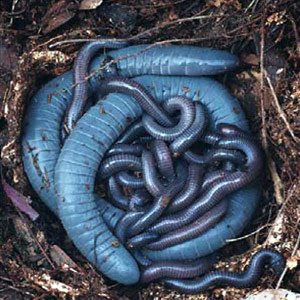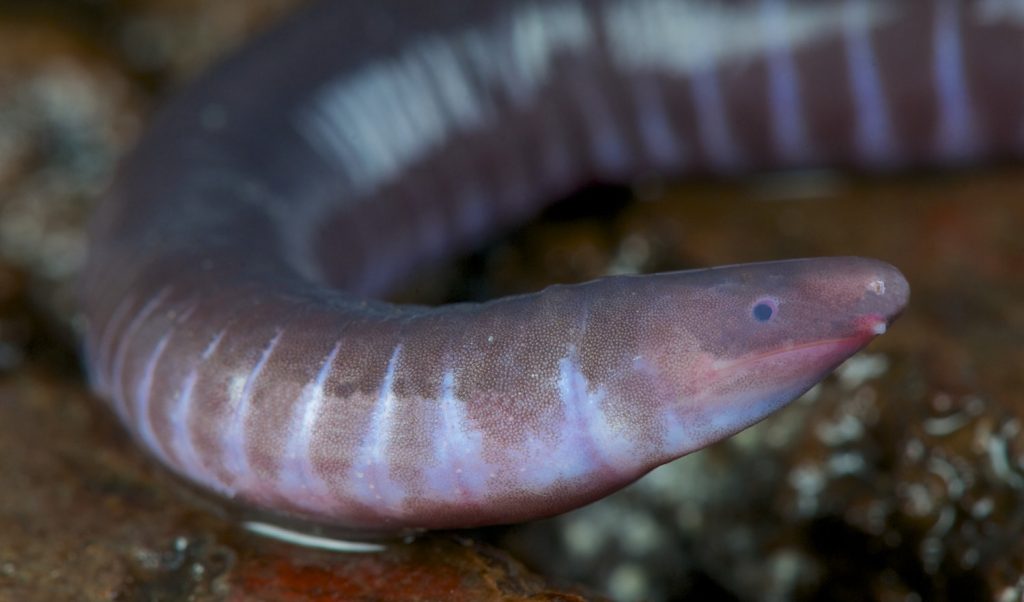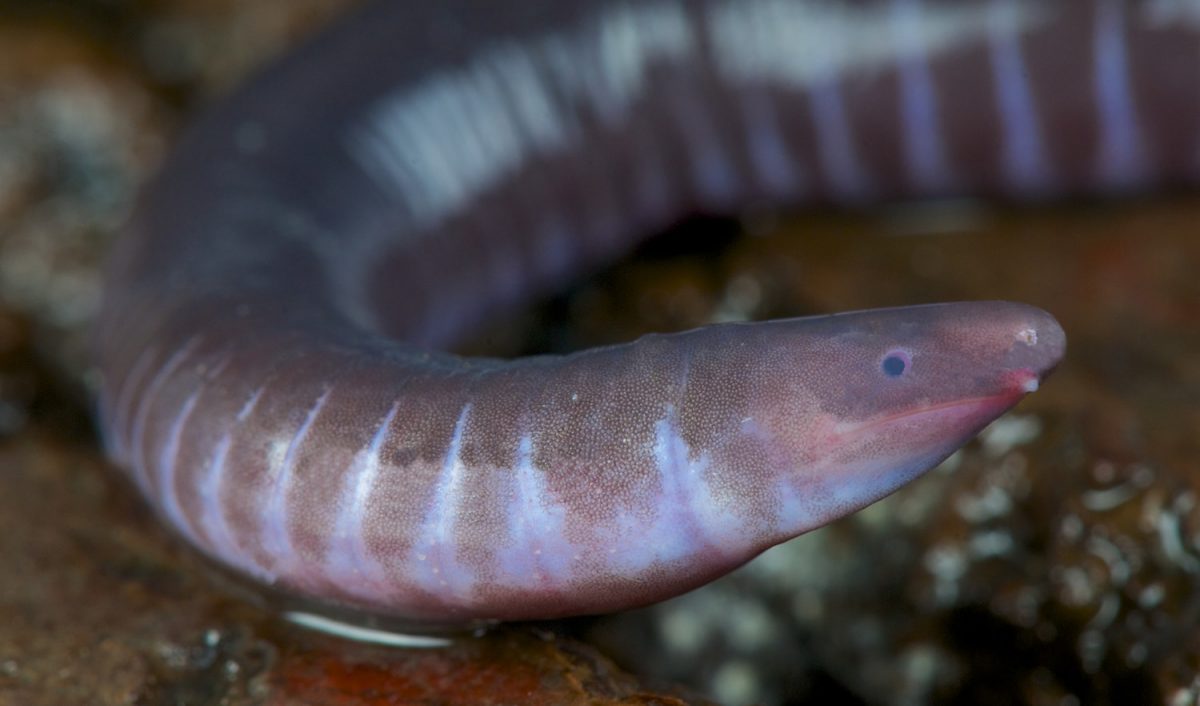Caecilians – Caecilians are an order of amphibians more modernly known as Gymnophiona. Amphibians are broken down into the orders:
- Anurans (frogs)
- four legs as adults
- no tail as adults
- Caudata (newts and salamanders)
- four legs as adults
- a tail as adults
- Gymnophiona or Caecilians (rubber eels)
- no legs
- most have no tail

- Typhlonectes
Gymnophiona are found over four continents in their terrestrial forms, and at least one fully aquatic sub-family (Typhlonectinae) exists in South America. Caecilians closely resemble burrowing snakes, but do not have external scales. They range in size from inches to several feet, with diameters up to an inch or two. joker123
Gymnophiona are found over four continents in their terrestrial forms, and at least one fully aquatic sub-family (Typhlonectinae) exists in South America. Caecilians closely resemble burrowing snakes, but do not have external scales. They range in size from inches to several fTyphlonectes
Typhlonectes is the genus of fully aquatic caecilian found only in South America. T. Natans is the species of Typhlonectes commonly found in aquarium stores and pet shops. We think they make wonderful aquarium pets. We have had four Natans. We plan to obtain several more, and hope to breed them as well. T. Compressicaudus is also commonly found.

T. Natans (which are called “rubber eels” or “black eels” in the local shops) grow to about 18 inches (46cm). Our longest one is 22 inches. They are a smooth, rubbery tube a dark gray/lavender color. They swim in an undulating motion like you’d imagine a water snake to use, with deep bends in the body reducing them to about half their stretched-out length. They tie themselves in knots or will tie themselves to decorations, heaters, each other, and any slow-moving fish or person. They go up for air several times a day, and like to burrow into the gravel and live under the substrate.
Rubber eels are dumber than most tropical fish, and have considerable difficulty dealing with food that moves. They have only moderate difficulty with food that doesn’t move. They are extremely confused by other bottom-feeders. We think they are cute, and it’s great to have one who insists on being hand-fed and will curl up in your hand and wrap itself around your fingers. Smarter animals run from large mammals in the water.eet, with diameters up to an inch or two.…
